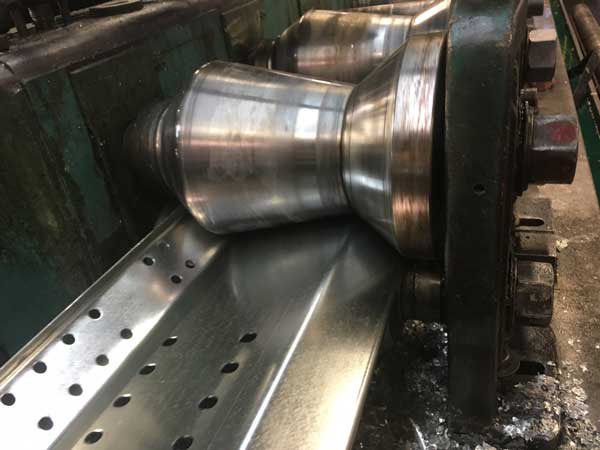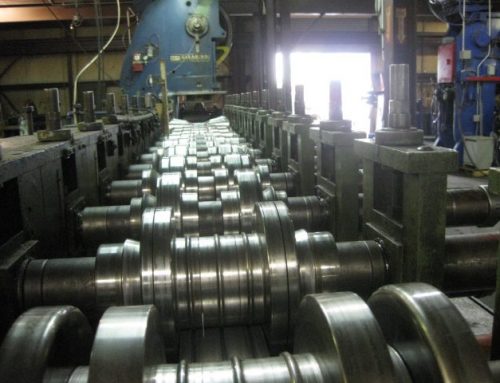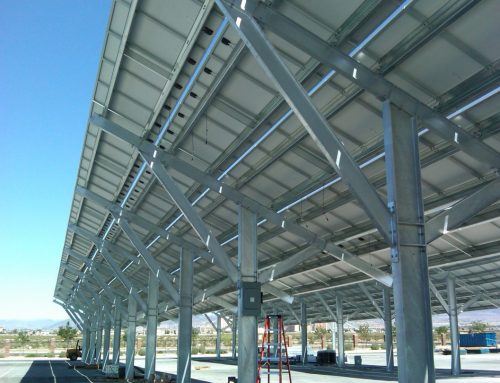Roll forming is a process that involves passing coiled sheet metal through a horizontal series of rotating dies to produce the desired shape. This method offers a flexible and cost-efficient process of shaping metals into different shapes or custom cross-section profiles. Roll forming is superior to other metal forming processes, and it is used in a wide range of industrial processes, including steel fabrication, metal fabricators, and more. Below are some reasons why roll forming is more efficient:
The Process Is Fast
- Roll forming is usually done with long strips of coiled sheet metal. For this reason, the process is relatively fast and requires a low amount of labor. Also, roll forming allows high volume production for several products compared to press breaking. You can also incorporate additional processes such as notching or punching into the roll forming process. Thus, increasing efficiency and reducing labor demand.
Reduce Energy Costs
- Furthermore, roll forming offers an energy-efficient method for shaping metals. No heat is involved in the roll forming process. Metals are shaped by passing them through a series of rotating dies or custom-designed rollers. Also, the roll forming process eliminates the need for deburring or machining. All these help save energy costs.
More Flexible
- What’s more, virtual all types of metals, including ferrous or nonferrous metals, can be roll-formed into different shapes. In fact, complex cross-section profiles such as C-channels, U-channel steel, round, and closed-shaped profiles that are quite difficult with stamping, can be created easily through roll forming. With roll forming, you can shape more metals while saving money and time.
Precision and Consistency
- Another reason why roll forming is more efficient is that it offers the advantage of precision, quality, and consistency compared to other metal forming processes. You can design roll forming to meet very tight tolerances. All parts produced through roll forming will be more uniform and consistent.
Superior Surface Finishes
- In addition, roll forming can be used to produce superior surface finishes. Through the process, contours that are sharp and clean can be produced or maintained. Besides, there won’t be any need for additional finishing due to the absence of die marks on the material.
No Length Constraints
- Unlike other metal forming processes or bending operations, there are no limits on part length in roll forming. This is because the material is coiled and fed through a horizontal series of rotating dies or rollers. Thus, any length can be produced. You can also add tooling to the roll forming process to produce any shape, regardless of how complex.
Suitable For a Wide Range of Materials
- Finally, roll forming is suitable for a wide range of materials or metals, including Aluminum, Brass, Galvalume, Cold rolled steel, Galvanized steel, Copper, Electrogalvanized steel, Prepainted, and Stainless steel.
There you have it! Above are some reasons that make roll forming more efficient compared to other metal forming processes. The roll forming process is fast, precise, and consistent. It helps reduce energy costs, labor required, eliminates length constraints, and is suitable for a wide range of materials. With roll forming, you can produce higher volumes at lower costs.
For more information about our roll forming services, contact us today at Roller Die + Forming. Our custom roll forming can produce high-quality, strong, precise, and durable parts that meet industry standards and are suitable for different applications in several industries. Our team can handle all your orders in large quantities, including prototypes and high volume productions.







